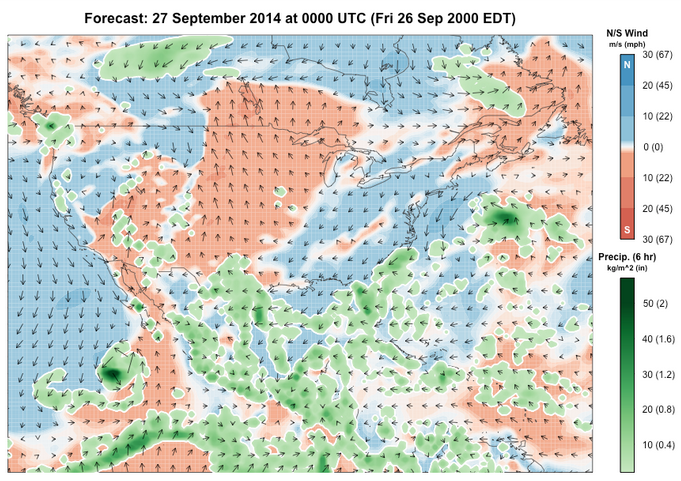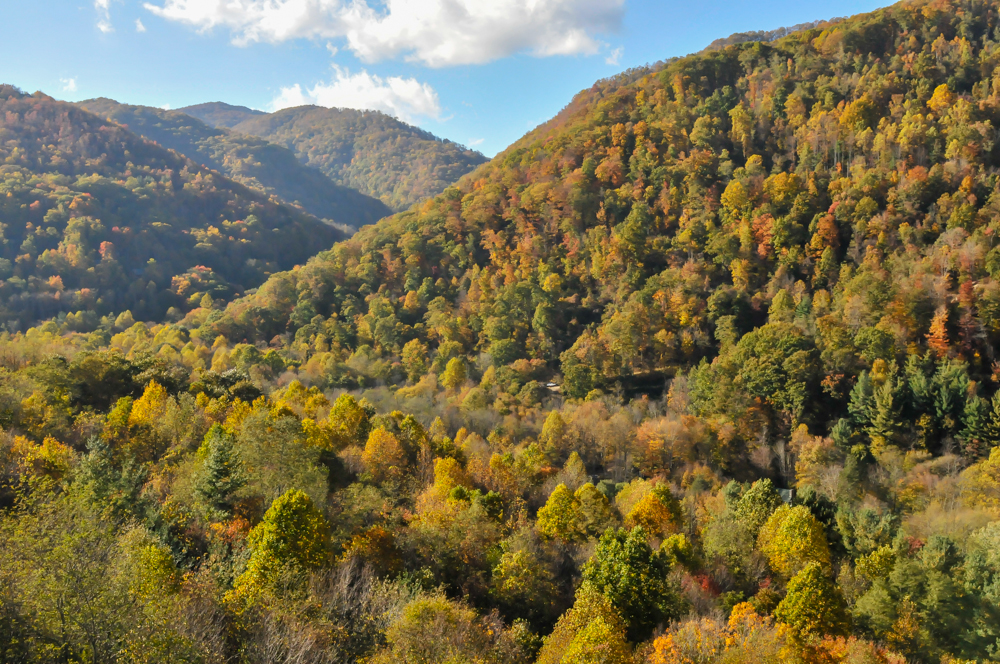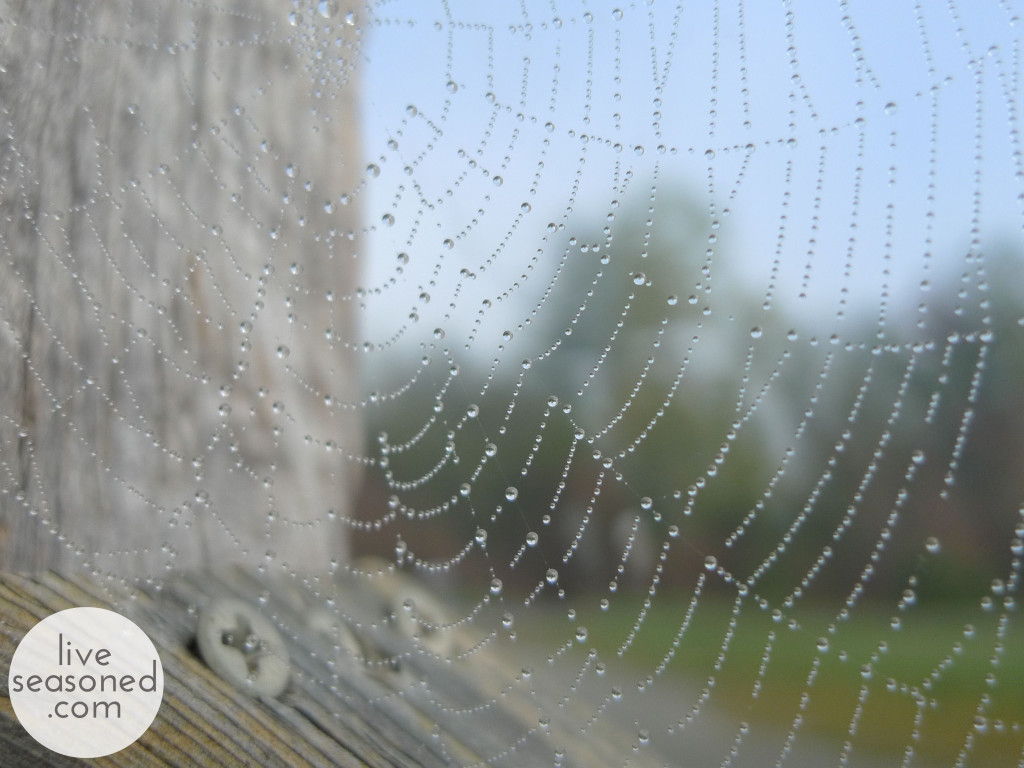On the first Wednesday of each month we like to pause and take a look at what’s going on in the world around us, with a particular focus on animal activity, celestial events, and our farmers’ fields.
Last week we welcomed the official Autumn Equinox. Katie and I both camped last week in our separate necks of the wood and I speak for both of us when I say how lovely it was. It is truly comfortable outside. I love fall for its cool breeze and warm sun. If you’re a photographer you know that shooting during October sunsets is magical. The leaves are changing, the weather is perfect and the light is warm.
Hikes take more time in Autumn because there is so much to see. Mushrooms are springing up after the first fall rains, flowers are both blooming and going to seed and animal activity is abundant. I may be making this up (definitely am), but Autumn seems like everyone’s favorite time of year. We are shaking off summer, enjoying the changing seasons and attending every fair and festival like it’s going out of style, which well, it is because in a couple months it will be winter, but we don’t have to talk about that right now.
Last year at this time, I stayed in a yurt with my sister Kristin and some friends and we had a little visit from Katie and her forest monster. I hope you plan a little something to soak up the season this month 🙂

Fields and Festivals
Farmer’s markets at this time of year are my favorite. The weather is usually sunny, but there is a nice breeze, which means I can meander through the market and take my time with selecting which veggies I’ll purchase from which vendor. Unfortunately it’s also the time of year when markets transition from two to one day each week. Three local markets in my area have cut back to one day and while I really don’t need to go twice a week, I really do enjoy the errand. Like we mentioned last month, this is the time of year when crops that need a full summer growing season and ready to be harvested and brought to market. At my market in Carrboro, North Carolina, I’m see lots of summer and winter squash including butternut, acorn and pumpkin. There are also a wide variety of tomatoes, apples, melons, and greens. I’m contemplating joining a CSA for the winter. I know it will mostly be filled with kale, chard, lettuces, beets, carrots and turnips, but it might be nice to be forced (ok, gently prodded) to go to the market to pick up my box each week-even in the dead of winter.
Don’t have a favorite farmer’s market? Autumn is a fantastic time to pick wild mushrooms. You should always pick with someone who is experienced in the craft, but if you’ve never done it before, you should try it this fall. Look up a local mycological club, call an old friend (and mushroom expert) or attend a conference! Make sure you know a little bit about mushroom etiquette before you hit the trails though. Don’t pick on private property unless you have permission and know the rules about permits and such before picking in state and national forests.
Now that we’re talking about picking, I’m thinking about pumpkin patches. I love outdoor autumn activities and picking my own pumpkin nearly tops the list. I came across this website that lets you search pick-your-own farms by country, state and county. While you’re out in the farmer’s field, I’m sure you can talk them into letting you take a few dried cornstalks home for decoration. While we’re on the topic of pumpkins, I wanted to admit to a slightly shameful story. Until 2010 I had always thought of pumpkins as decorations instead of food. I would eat pumpkin pie and various other dishes made with pumpkin, but in my mind they registered as jack-o-lanterns and decorations rather than a good source of fiber and other nutrients. It wasn’t until I worked with a group of Jamaican farmers (who grew lots of pumpkin) that I realized they were a great crop first and foremost and not simply a seasonal decoration. Now I make sure to roast the seeds from my carved pumpkins and use any whole pumpkins before they rot on my doorstep. Just some food for thought that I had failed to think about for the first 21 years of my life.
Along with flocking to pumpkin patches and going on hayrides, there are plenty of other festivals and activities to attend in October.
- Watching the leaves change color in the Great Smoky Mountains in North Carolina and Tennessee attracts millions each year. (Fun fact: over 9.4 million people visited the park in 2010 making it the most visited national park. The second most popular is the Grand Canyon which had 4.4 million visitors in 2010)
- Vermont is also a popular destination for leaf chasers, but really, any forest is bursting with color this month so where ever you are, you don’t have to drive far, tie up your boots and hit the trail.
- There’s more than just colorful leaves floating around, the Albuquerque Balloon Fiesta is in a few days!
- October Autumn Fest is also this coming weekend in Fort Washington Park, Maryland. If you’re in the area you should check out the ranger scarecrow building contest.
- Astronomy day is on October 4th. There may be some events at your local planetarium or museum.
- The Earth Harmony Festival is a free weekend celebrating eco-living & sustainability. It’s held on the country’s largest EcoVillage located in Arizona. Did I mention that it’s free? There’s also a kickstarter for the event if you believe nothing in life is free..
- While September was packed with environmental holidays, October has only a couple official ones, including World Habitat Day.
Avian & Astrological Activity
From what I’ve gathered, beehive robbing is quite common during the month of October. What do I mean by robbing? Robbing is when a beehive is attacked by invaders from other hives. Robbing is a serious situation for beehives because the colony will fight to its death. Also, if the invading army is stronger, it may steal all of the weak colony’s food, which it needs to survive the winter months.
I’ve been noticing lots of geese overhead this week and let me tell you, it never gets old. Each time I hear their honks I’m looking skyward and pointing it out to those nearby as if I’m one and a half years old and just learned the word for bird (shout out to my nephew!). I recently stumbled upon this website and while I would like to paraphrase their information for you, they said it just right, so here is a continental update from BirdCast: “Favorable conditions this past week bring widespread light to moderate movements to the West and moderate to heavy movements to the Plains, while increasingly scattered moderate movements occur in the East in more summer-like conditions. Species on the move this week will include Cackling, Snow, and Great White-fronted Geese, American Wigeon, Ring-necked Duck, Yellow-bellied Sapsucker, Northern Flicker, Hermit and Varied Thrushes, Ruby-crowned and Golden-crowned Kinglets, Brown Creeper, Gray Catbird, Orange-crowned, Palm, Yellow-rumped Warblers, Savannah, LeConte’s, Fox, White-throated, White-crowned, Golden-crowned, Harris’s, and Lincoln’s Sparrows, and Dark-eyed Junco.” I will definitely keep my eye on this website in the future so if you forget, we’ll keep you informed.

Now onto October’s astrological events, but first let me say that it is so. damn. hard. to find detailed migration information on the web. The search terms alone make it pretty difficult (animal migrations, animal activity, animal movement) because it seems the web is only focused on african animal migrations to attract tourism, animal activities for children to act out and animal movements as in, movements to benefit various animal groups. If you have any reliable animal migration sites (or searching suggestions) I would LOVE to hear about them. Please, I’m begging you. Ok, now let’s talk space:
- Uranus at Opposition. Uranus will be at its closest approach to Earth and its face will be fully illuminated by the Sun. Due to its distance, it will only appear as a tiny blue-green dot, but nonetheless it’s the best time to view Uranus.
- Total Lunar Eclipse. A total lunar eclipse occurs when the Moon passes completely through the Earth’s dark shadow, or umbra. During this type of eclipse, the Moon will gradually get darker and then take on a rusty or blood red color. The eclipse will be visible throughout most of North America, South America, eastern Asia, and Australia. Check out this map so that you’re prepared.
- Draconids Meteor Shower. The Draconids is a minor meteor shower producing only about 10 meteors per hour. It is produced by dust grains left behind by comet 21P Giacobini-Zinner, which was first discovered in 1900. The shower runs annually from October 6-10 and peaks this year on the the night of the 8th and morning of the 9th. Due to the full moon, the shower will be less than spectacular. I recommend focusing all your energy on catching the eclipse or the Orionids Meteor Shower.
- Orionids Meteor Shower. The Orionids is an average shower producing up to 20 meteors per hour at its peak. It is produced by dust grains left behind by comet Halley, which has been known and observed since ancient times. The shower runs annually from October 2 to November 7. It peaks this year on the night of October 21 and the morning of October 22. This will be an excellent year for the Orionids because there will be no moon to interfere with the show. Meteors will radiate from the constellation Orion, but can appear anywhere in the sky.
- Partial Solar Eclipse. A partial solar eclipse occurs when the Moon covers only a part of the Sun. It can only be safely observed with a special solar filter or by looking at the Sun’s reflection. The partial eclipse will be visible throughout most of North and Central America. Check out this map to be better prepared.

Looking back through past October photos, it is clear that this month deserves to be spent outside. I think I’m finally going to treat myself to a trip to Asheville, something I’ve been meaning to do since July. Have you ever been there? Any suggestions for me? I’d love to hear about them in the comments.
*Migration forecast via + Lunar Eclipse chart via.

 Happy fall y’all. I’m positive that’s not the first time I’ve used that phrase here this year, but whatevs it’s fall and I live in the south, I can
Happy fall y’all. I’m positive that’s not the first time I’ve used that phrase here this year, but whatevs it’s fall and I live in the south, I can 
























































